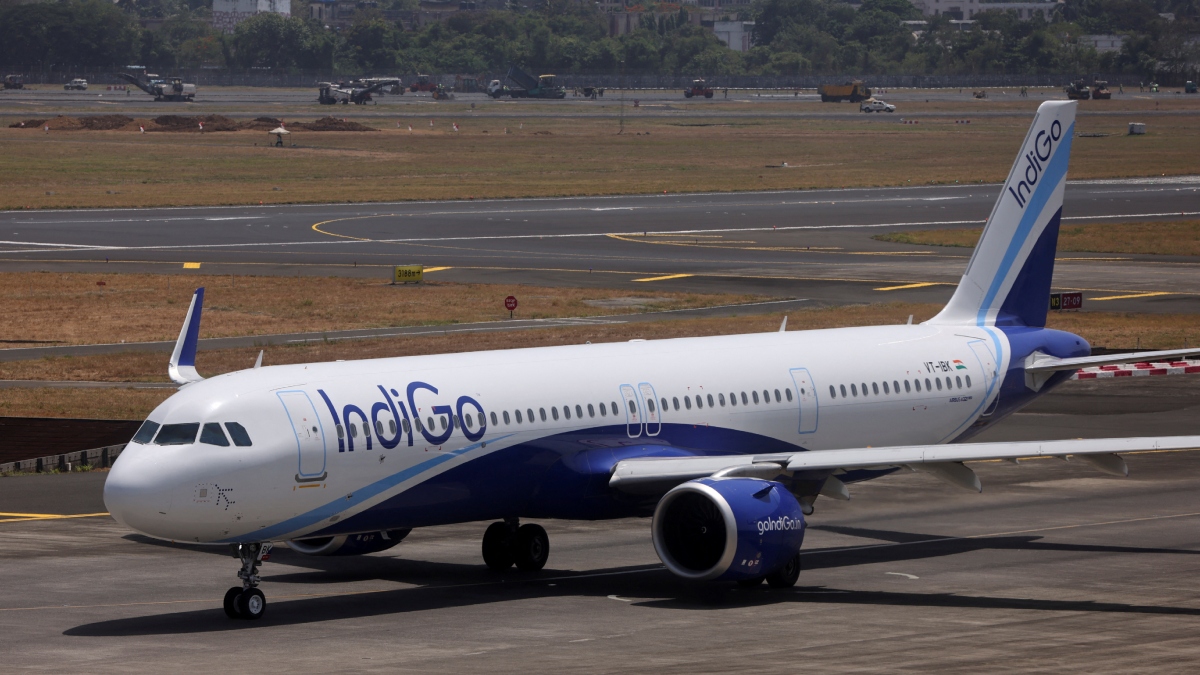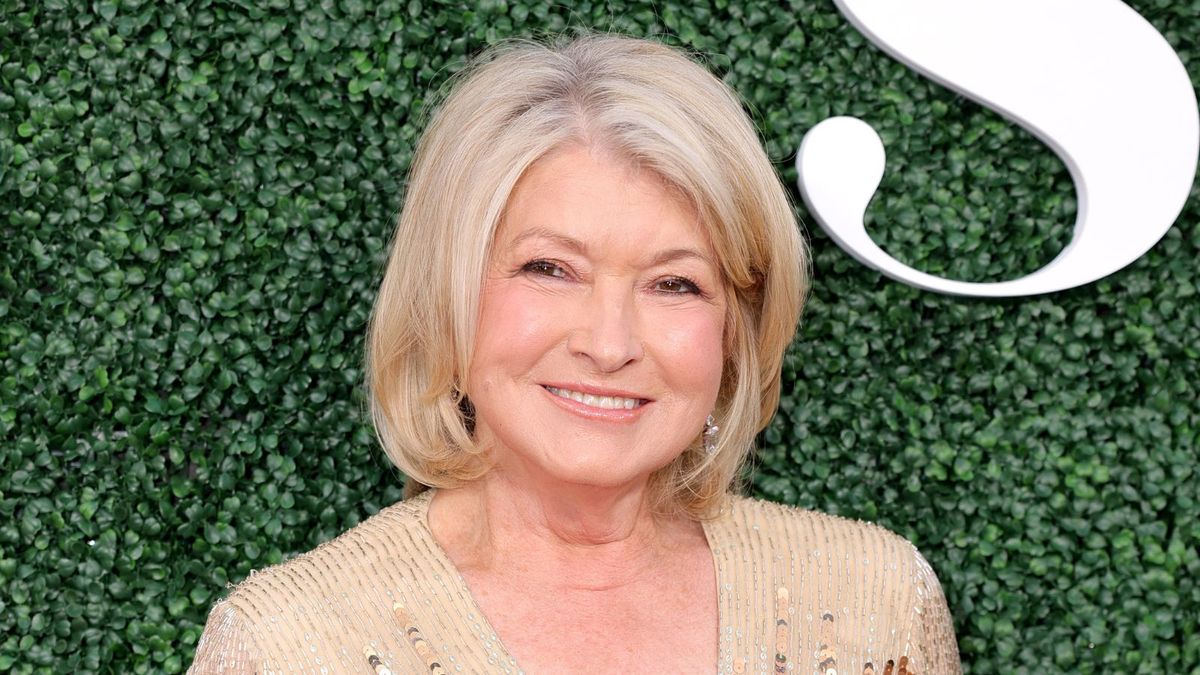IndiGo has turned 18 and is looking to spread its wings. From mid-November, the budget airline, which commands an enviable 60% of India’s domestic air traffic, will introduce business class seats – IndiGo Stretch. To launch about a dozen flights connecting New Delhi to the country’s major metropolises, a dozen business class seats will be offered at around Rs 18,000 apiece. CEO Pieter Elbers has described it as a tailor-made product “for the busiest and most business routes”.
Of course, the product may not be right for international travelers. Some experts say the IndiGo Stretch is not a pure “business class” offering, but just a better seat that costs three times the economy class fare. That may be true. But for local business travelers, reclining seats, more legroom and healthy, prepared meals could be a big draw. As observed by Aditya Ghosh, who ran IndiGo for several years, these are some of the amenities travelers are willing to pay for. Aside from on-time arrivals, security and new aircraft, Ghosh says passengers are also willing to pay for more legroom, better food and even a wider variety of food options.
IndiGo doesn’t try to go all the way. For example, hot meals aren’t served yet and there’s no access to lounges. The seat pitch itself is 38 inches, compared to 40 inches on Air India. That’s the distance between a point on one seat and the same point on the seat in front of it. IndiGo’s seats also recline five inches, which is slightly less than Air India’s seven inches. The width of the seats is comparable, though – 21.3 inches on IndiGo versus 21 inches on Air India.
The same goes for other amenities such as in-seat charging stations, electronic device holders and adjustable headrests. “There may not be first-class entertainment, but amenities such as charging stations and device holders would be useful for business travelers,” says one expert.
With a seat price of Rs 18,000 compared to the average cost of Rs 25,000 for an Air India ticket on the Delhi-Mumbai route, there could be some interest. The success of Vistara’s Premium Economy initiative shows that there is good demand for more comfortable and better-equipped seats. Aman Chowdhary, an analyst at Motilal Oswal, believes that there are enough affluent travelers in India who are willing to pay for a better experience.
“If the popular Vistara brand disappears from the market after the merger with Air India, it would further increase the demand for IndiGo,” Chowdhary told FE. He believes Vistara’s success would have encouraged IndiGo to launch a business class offering.
There is no question about Indians’ willingness to spend on travel. Currently, only about 5,000 business and premium economy seats are offered. In fact, flying is no longer reserved for the wealthy class. Jitendra Bhargava, former managing director of Air India, believes that the introduction of business class is a natural evolution for an airline that already has a large market share.
“Where are you expanding? IndiGo can now attract business class passengers who currently fly on other airlines,” Bhargava points out. Jagannarayan Padmanabhan of CRISIL says it is important that IndiGo continues to innovate in the product space to maintain its market share.
The demand for business class seats, which constitute around 10% of the total seat supply, is unsaturated, says Padmanabhan, and much of it comes from the second-tier cities where IndiGo is well connected. There are a significant number of business people in second-tier cities who don’t mind shelling out the price for a business class seat simply because it means a better experience and an increase in their status. “They may opt for Vistara, but there would be enough pent-up demand for IndiGo seats,” he says.
The economics of the move appear to be solid. Revenue from business class seats is about three times higher than from economy seats. The break-even point – or the proportion of business seats that must be sold to cover costs – is estimated at 30%, and selling a third of the 12 seats should not be a problem.
say analysts.
CRISIL’s Padmanabhan explains that once 30% of the business class seats are filled, prices can rise sharply. “A last-minute traveller could end up paying three times what the first few paid,” he points out. This would then improve yields. Motilal’s Chowdhary says that while there might be some initial pressure on profits due to the investments being made, in the long run the business class seats should yield good returns and increase operating profits.
IndiGo’s bigger plan seems to be to increase its share of the overseas market. Founder Rahul Bhatia makes no secret of the airline’s ambitions; Bhatia recently said that by 2030 the airline will be twice as big, not just in terms of revenue but also in terms of footprint. Bhargava notes that Indigo’s international franchise, which would take off once the aircraft on order arrive, would help the company change its profile.
Introducing business class in the domestic market would give the company the experience needed to operate on long-haul routes. IndiGo’s loyalty program – IndiGo BluChip – may not be the best yet, but it can still work on it to attract more business travelers. For IndiGo, IndiGoStretch can be a good deal.





